A Yanqui in Havana
Tanya Huntington
When I learned the US was relaxing travel restrictions to Cuba, I couldn’t help but recall one of many jokes that were making the rounds on the island when I was there a decade ago:
Q: What will happen once the embargo comes to an end?
A: The populations of Cuba and Miami will trade places.
People in Havana have a knack for wielding a dark sense of humor when all else fails. I learned this when I traveled there briefly as the teaching assistant for a study abroad course. Dr. Eyda Merediz, a Cuban exile herself and Professor of Latin American colonial literature, among other topics, at the University of Maryland at College Park had put together a winter break program based in Havana. Around twenty students had enrolled, so I was invited to come along and provide logistical and didactic support. Our focus was to be on literature, the arts, and culture in general. Shortly thereafter, the State Department changed the rules of the game and such programs were limited to those devoted to “democratization” in order to prevent academic tourism.[1]
During our two-week trip, I learned that this sort of abrupt policy change, whether foreign or domestic, was something the people of Cuba had grown accustomed to over the years. To give an example: the locals were nonplussed over the availability of Internet connections, probably doubting they would last very long. In their experience, interludes of greater freedom are frequently followed by crackdowns. The rules of the game are changed periodically and constantly, so even those who have figured out a way around them are forced to readjust every time.
Which reminds me of another joke I heard:
While visiting relatives on the island, a Cuban exile tries to explain the meaning of democracy. She says, “If you have a problem, even if it’s with the president himself, you have the right to seek an appointment at the White House and let him have a piece of your mind.” Her cousin replies, “In that case, we’re not so different after all. Fidel would be more than happy to grant you an appointment so you can complain to him about the president of the United States.”
Because freedom of speech is notably restricted on the island, many decisions are made there on the basis of rumors. Even though we outsiders tend to nostalgically frame the island as a place where time stands still (see Buena Vista Social Club), aspects that affect the everyday lives of Cubans can and do change radically overnight. Which helps explain why so many refugees have attempted to cross the Straits of Florida over the past few weeks, fearful that the lenient “dry feet” policy could also vanish now that normalization of bilateral relations has begun.
But I digress. Finding any opportunity to break a taboo rather tempting, I jumped at the chance to go to an enemy country, even if it meant shepherding a group of young adults more interested in drinking rum on the beach at Varadero than reading essays by José Martí. (Note to Undergrads: I mean no disrespect. During my junior year abroad in Spain, frequenting a bar called Marlene meant more to me than doing research at the library. It’s only natural, coming from a country that believes at 18, you are old enough to get married or vote or go to war, but not old enough to have a drink.)
I was eager to gather my own impressions of the island first-hand. Any previous contact with Cuba had been filtered through the veil of exile, for obvious reasons. I had befriended several of the Cuban writers who resided temporarily in Mexico during the so-called “special period” during the 1990s following the collapse of the Soviet Union, which triggered an economic crisis that left the island facing serious deprivation for the first time since guerrilla fighters descended into Havana from the sierra on January 1, 1959.[2]
Mexico City, where I have lived for most of my adult life, is also where two young students named Fidel Castro and Ernesto “Che” Guevara first met while studying abroad. As it turns out, they were interested in a whole lot more than tequila or local poets. Perhaps because Mexico acted as both hotbed and launch pad for the Revolution, the Cuban question remained at the center of cultural debate here for years.
Indeed, for many Latin Americans, the Cuban Revolution represented the sole alternative to US-backed dictatorships across the region in the late 20th century –and I say this in hopes of better informing all those who are naïve enough to continue to take at face value claims like the one made by historian Eric Posner of the University of Chicago in his article for Slate titled “The Year of the Dictator”, to wit: “For quite some time, U.S. foreign policy has been based on the assumption that we should promote democracy.” As anyone knowledgeable of regional history would reply: except in Argentina, Dr. Posner. Or Chile. Or Guatemala, Nicaragua, the Dominican Republic, Paraguay, Panama, Haiti… well, you get the idea.
Our first stop on the way to Cuba was Miami, predictably enough. The Cuban exiles I spoke to would evangelistically tell the story of their lives parting from the saga of their escape from Cuba, the moment when they were reborn. Our driver, Efrén, was smuggled off the island by Operation Peter Pan, a Catholic initiative that shipped a group of children to Spain soon after the Revolution –ostensibly to avoid having them conscripted into military service. His wife had made the crossing on a raft at the age of seven: it took her several days of paddling to reach the States.
Many of these locals resented any form of tourism as supportive of the Castro regime. For example: after viewing my ticket, I was sent to stand in line with other “females” to be searched by an officer of the same sex. The airport security employee who searched me was so thorough in her endeavor that when she unhooked my brassiere and cupped my left breast with her hand, I suggested that perhaps we ought to become better acquainted before she went any further. One of our students was told to remove his pants: fortunately, he was not inclined to going commando. If these people had realized we were smuggling in underclothes, socks, and drugstore staples such as deodorant or toothpaste, judiciously distributed among the suitcases of the entire group, would they have confiscated these items, I wonder? Probably not: while the public stance of Cuban exiles tends to be very combative, private humanitarian and familial ties often undermine political views.
Once we reached the island, I felt myself begin to thaw out from what had been an especially harsh winter. At the time of our trip, I was in the midst of a separation and my state of mind was, frankly, borderline. Which was perhaps fitting, considering the surroundings. In Cuba, I was not the only one on the verge of a nervous breakdown. As if the accursed circumstance of water on all sides, to paraphrase Virgilio Piñera, weren’t enough, Cubans suffer from the discrepancy between what they were educated to believe –that they were “new men” who would serve as triumphant models for all of Latin America– and the reality of being trapped on the island, having to deal with constant shortages of just about everything. Most people organize their day around standing in line for food or goods –blame it on the US embargo, on the regime or better yet, on both. There is plenty of blame to go around.
Having endured recurring nightmares of nuclear apocalypse as a child, I do not miss the Cold War. And yet, I cannot help but note the stark contrast between today’s ideological debates and a scenario in which capitalism and socialism competed in every field to produce the best chess players, the best astronauts, the best brain surgeons, the best weapons, the best artists, the best literacy, the best spies or even the best solutions for inequality. Even the success of US labor or civil rights movements can be partially explained as a strategic response to the social equality tendered by the other side. We were hawking a New Deal, a Great Society as a counterbid to their propaganda. Whereas today, one is expected to feel lucky not to have to wear a burqa. As the Soviet Union’s prime showcase in the Western Hemisphere, Cuba trained luminaries and put them on display in different venues, where they enjoyed the warmth of the spotlight but quickly realized that they were not permitted to use the exits. What had historically acted as gateway to the Americas was transformed into a gilded cage, then abandoned to its slowly corroding fate while everywhere else, the walls came tumbling down.
One afternoon, Eyda and I were perusing the Book Fair at Plaza de Armas when we came across a stand with the complete works of Nicolás Guillén, volumes I had been searching for. A local vendor called Geraldo, who was eccentric in a stir-crazy kind of way, was busy telling us that he had been brought up learning all about the “enemy”. He gestured to a nearby hotel and said that Jimmy Carter and Harry Belafonte had stayed there. “Now it turns out I am not even permitted to set foot in the fancy places where foreigners stay. The enemy is me!” Still absorbing this emphatic disclosure, I turned to Eyda to gauge her reaction and realized that she had started hemorrhaging money. The entire budget for our trip was on her person at all times, kept safe in a kangaroo pouch next to her skin. That is, until an epic zipper fail of sent C-notes fluttering everywhere. Far from sparking the frenzy that would have ensued just about anywhere else in the world, no one seemed to notice what had happened. Geraldo calmly set about helping us pick up the stray bills, then exhorted us to count them and confirm that not one was missing. Eyda, also prone to self-deprecating Cuban wit, joked that she had miraculously transformed into La Virgen de los Dólares.
Greenbacks were definitely the preferred form of currency on the island, so much so that a mechanic-cum-smuggler named Vladimir quipped that the island had become a One Dollar Store. The ration book I acquired from him for a buck that proved that even the State in Cuba has a sense of humor: its many regulations include the duty of the bearer to personally return the item to the appropriate government office in the event of his or her death. He also had 20-pesos bills signed by Ernesto “Che” Guevara when he presided over the National Bank of Cuba that went for more money. I eschewed these in favor of a jersey once owned by national baseball coach Servio Borges. Vladimir tried to sell me his cleats as well, but I decided to leave those behind.
Cubans may be “tropical” Communists, but they are far from being godless. More than the sugar cane press, tobacco farm or tamed-down cockfight that most tourists visit (probably in that same order), I was stirred by the tale of a woman called Amelia at the impressive Colón Cemetery. Our flamboyant, kitschy guide told us in hushed tones the Gothic tale of a woman who had died in childbirth and was placed by her grieving husband in a beautiful tomb with bronze rings on the lid, her stillborn infant accommodated symbolically between her legs. He devoutly brought fresh flowers to decorate her grave every day. After he died, the tomb was reopened to lay him to rest alongside her and it was found that her flesh was not corrupted, that the baby had been raised to her breast. Today, Amelia is considered to be blessed, capable of performing miracles. All you have to do is bring flowers, use the bronze rings to knock on the lid several times, then walk around the tomb without turning your back while making your request.
On a less Catholic side of the religious spectrum, I was shaken to my humanist marrow by a demonstration of Santería at a shrine to Changóin Trinidad where we were shown a hole in the ground that supposedly and rather believably housed a supernatural presence of some kind. The syncretic religious observances that persist in officially atheist Cuba were a main topic of study in our program; for example, the association between the Virgin de la Regla and Yemayá, a goddess of the sea imported from Africa. Canastilleros are small altars where these santos and their paraphernalia are exhibited in people’s homes. They are decorated with bowls that contain items attributed to each deity. If dedicated to Yemayá, for example, the bowl could be filled with blue marbles and a rubber ducky placed on top: anything reminiscent of water is permissible.
Speaking of marbles and altars, Granma, the yacht lent by a Mexican millionaire to Castro and his revolutionaries that transported them to the island from the Yucatán peninsula, is triumphantly displayed downtown outside the Presidential Palace in a huge glass case on a bed of marbles that resembles the kind of contemporary art installation favored by Saatchi. Nor is the State devoid of religious sensibility: there is a rather bizarre hagiography associated with Revolutionary figures. In the José Martí house and the Museum of the Revolution, for example, locks of hair or personal possessions left behind by figures like Martí or the “Che” Guevara’s girlfriend are treated as if they were the relics of saints. As Eyda pointed out to our students, the story of the launching of the Revolution is often told with messianic overtones as the survival of twelve prophets who crossed water and swamps to champion a cause that, more often than not, resulted in martyrdom. Indeed, the well-known postmortem photograph of Che, surrounded by the soldiers who killed him, bears a strong resemblance to a latter-day dead Christ.
I spent a lot of my time in Havana walking around. Being a foreign pedestrian means entering into a constant dialogue with people who are trying to make a living from the tourist industry. The indisputable charm of street performers and escorts or jineteros wears off rather quickly; from day one you start to wonder how many times you will be obliged to hear “Guantanamera”, or asked if you need a husband, before you leave. People of this ilk tend to congregate along the Malecón, or seawall, which, as I learned the hard way, is a lot more slippery than you might think. One hustler who had a rather pleasant singing voice and the curious ability to use his nose as a musical instrument urged me to explain the dangers of hustlers to my students, while at the same time taking my arm to prevent me from falling and insisting that he was the ideal escort to show me Old Havana. Women would press my students to hold their infants, declaring that they were now their godparents. They found this less picturesque after I explained that in Latin America, being someone’s godparent makes you financially and emotionally responsible for them for the rest of their lives; a pretty tall order, but at least everyone who panhandles in Cuba offers something in return: a song, a joke, a tour of the city, sex, or even the lifelong bond of becoming a compadre.
The same suitcases that had arrived on the island packed with toiletries made the return trip carrying items we were asked to deliver to people on the outside: divorce papers, the first reel of a documentary. I had arrived in a state of melancholy dispelled by daily contact with people facing challenges far more dire than mine. Inspired by meetings with poets whom I had admired from afar, such as Víctor Fowler, who spoke to us one memorable afternoon by the seaside in Trinidad, or Reina María Rodríguez, who offered us tea and sympathy on La Azotea, her renowned rooftop literary salon, I started to compose a long ode in which I attempted to achieve a balance (but not an ambivalence) that would allow me to show the human side of the island that subsists beneath all the ideology. This is one of about twenty stanzas written during my stay:
I came to hand out dollars in exchange
for rum, I came to hear the soft lament
of dentists selling ice cream on the side
to make ends meet, I came to them estranged.
But not to mock the fallen tenement
of failed utopia, of changing tides.
I left the poem unfinished. Not that I ascribe to the myth of the happy Cuban, always smiling and dancing in the face of adversity, but it felt like I had betrayed the essence of Cuba by taking a serious situation too seriously.
No one knows what will happen once the embargo ends: there is a lot of under-the-table capital and over-the-top ideology invested in maintaining the current status quo. But I feel fairly certain that such a change will improve conditions for those who live on the island. Hopefully, now that travel restrictions have been lifted, I will get another chance to gather impressions and, perhaps, end my composition on a lighter note.
[1]In fact, the limitations on Cuban American travels became more severe than ever, redefining the extended Latino family to include only parents, children or siblings. On the other hand, at the same time, George W. Bush sold more cash-only food to Cuba than previous administrations.
[2]In Las comidas profundas, a remarkable book of essays that to my knowledge, has not yet been translated into English, Antonio José Ponte masterfully chronicled this economic debacle from the inside, describing in a memorable opening passage how an oilcloth patterned with roasted meat and bottles and fruit enable the famished author to build castles in the air, reconstructing the moment when the pineapple was first introduced to the Emperor of Spain back in the 16th century. Ponte, once firm in his intention to remain in Cuba, eventually went into exile and now lives in Madrid.
 Tanya Huntington is a contributing writer at Literal. Follow her on Twitter at @TanyaHuntington.
Tanya Huntington is a contributing writer at Literal. Follow her on Twitter at @TanyaHuntington.
Images by Tanya Huntington. They belong to the series Pelea de gallos (sin espuelas).
Posted: February 3, 2015 at 7:38 am


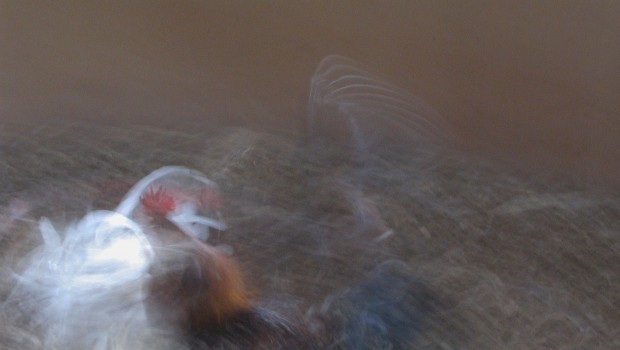
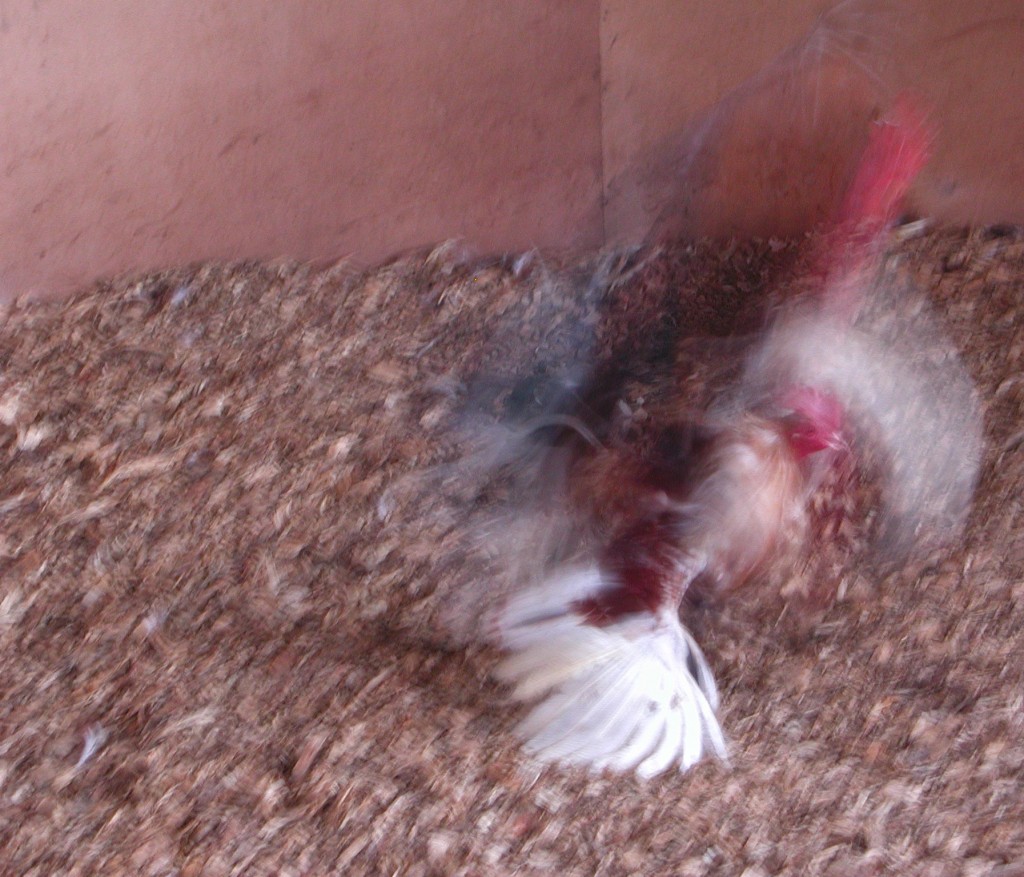
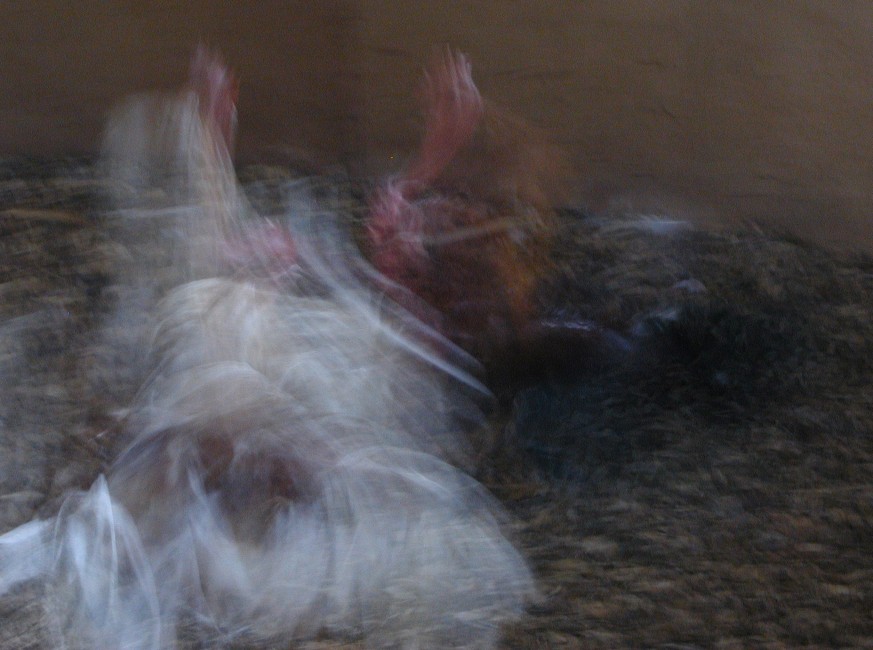
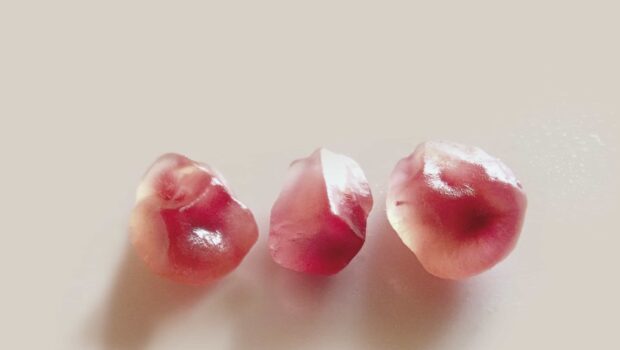

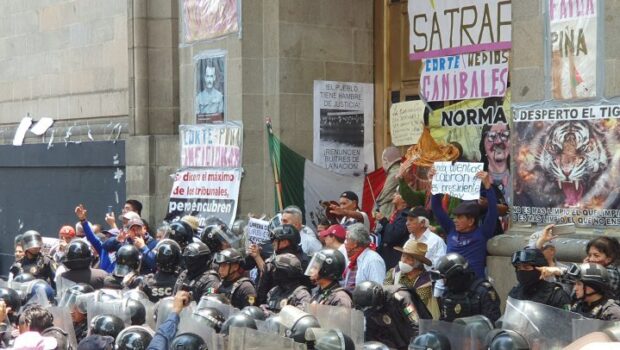
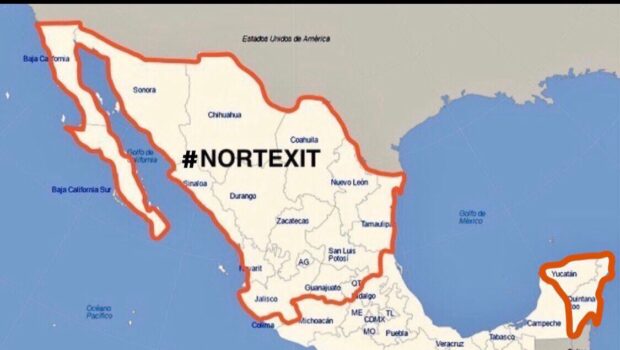
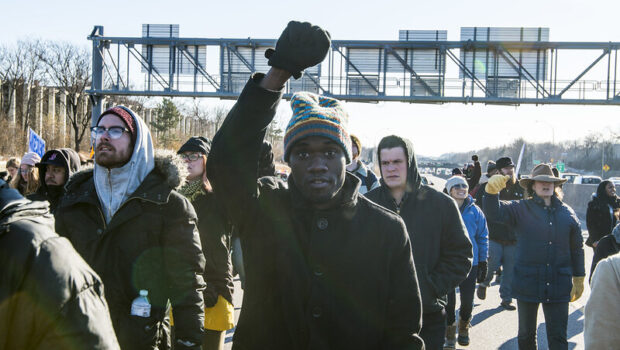


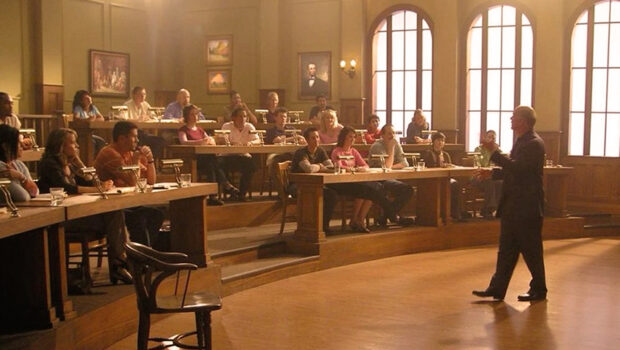
Ms. Huntington, please get your facts straight before you venture to write about Cuba, cubans and exile. The fourteen thousand “Pedro Pan” children that were sent into exile without their parents, were not sent to Spain. They all came to the US. You should research their dramatic and at times heartwrenching stories. It’s appalling to me, even insulting, that someone like you, who knows very little about my country and what has happened during a 56 year old dictarorship, has the arrogance and gull to portrait herself as an expert of everything Cuban. I’m not going to go into the other inaccuracies in your text. Please write about what you know, perhaps then it will have some substance.
The driver in question did reach Miami eventually, but told me that the Church took him to Spain first, where he stayed with relatives for a period of time. It is possible that aspects of his narrative were embellished over the years. However, it is my understanding that the children were indeed taken out via Mexico or Spain. As for your other allegation, I do not represent myself as an expert in Cuban affairs, but as a first-time visitor. By no means does my chronicle make light of the dictatorship; rather, it attempts to humanize an ideological debate. (For the record, unlike many of the Latin Americans whom I have befriended, studied with and worked for over the years, I have never been a supporter of the Castro regime.)
Operation Pedro Pan refers to a visa waiver program carried out by the Catholic Diocese of Miami and the United States Department of State between Dec. 26, 1960 and October 23, 1962 that airlifted 14,048 children from Havana to Miami. Operation Pedro Pan came to a halt when commercial flights between the US and Cuba came to a halt because of the October missile crisis of 1962. Beginning in 1964, many Cuban parents in order to prevent their children from being indoctrinated, drafted into the Cuban army (age 15) and/or being interned in the concentration camps called UMAP or Unidades Militares de Ayuda a la Produccion or Military Units to Aid Production (1965-1968) were able to send their children to Madrid, Spain, in a program operated by the Archdiocese of Madrid and Franco’s Government. Most of them were eventually able to work their way into the US. These children, over 1,000, are sometimes referred to as the “Pedro Pans of Spain” even though they had nothing to do with the US-based operation. It would appear that Efren, the driver in question, was a “Pedro Pan of Spain.” Submitted by: Jose Amaro, Atlanta Trustee and History Committee Member, Operation Pedro Pan Group, Inc. http://www.pedropan.org
Thank you for the good writeup. We know so little about these authors!
Pretty! This has been a really wonderful article.
Thanks for providing this information.